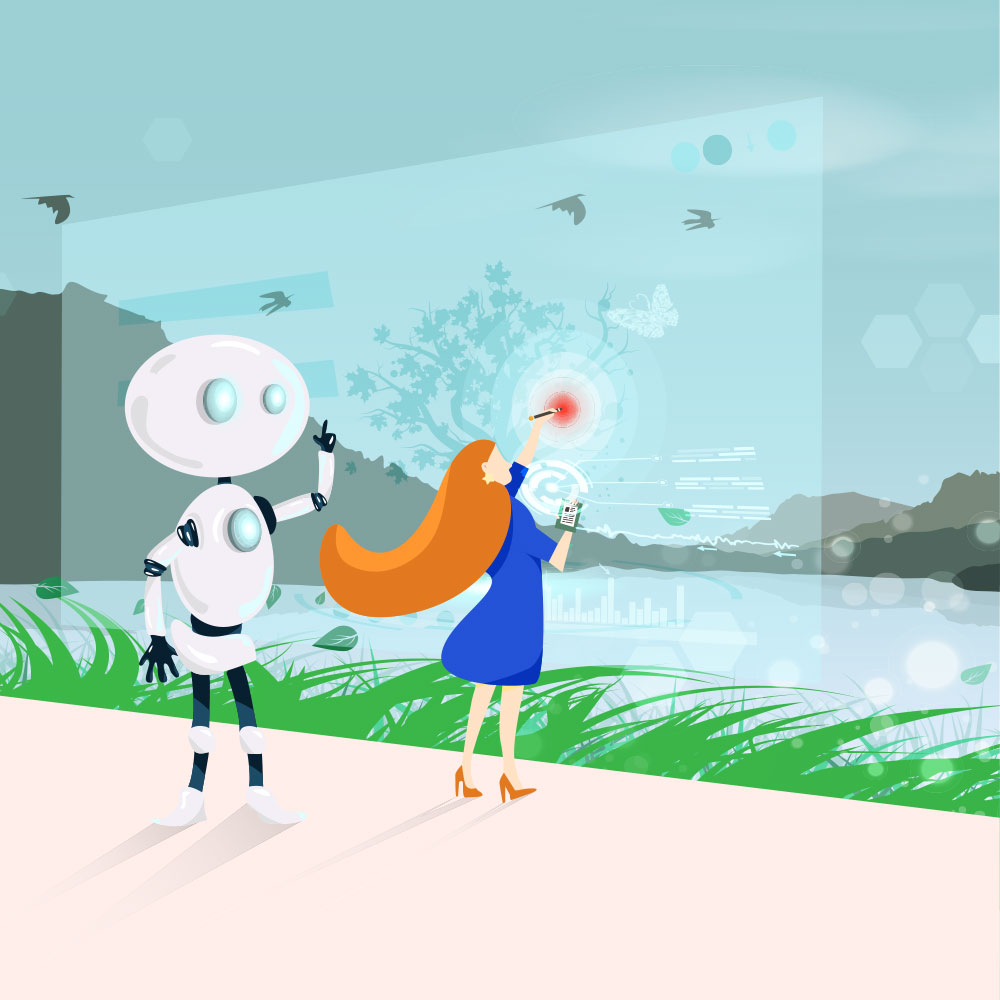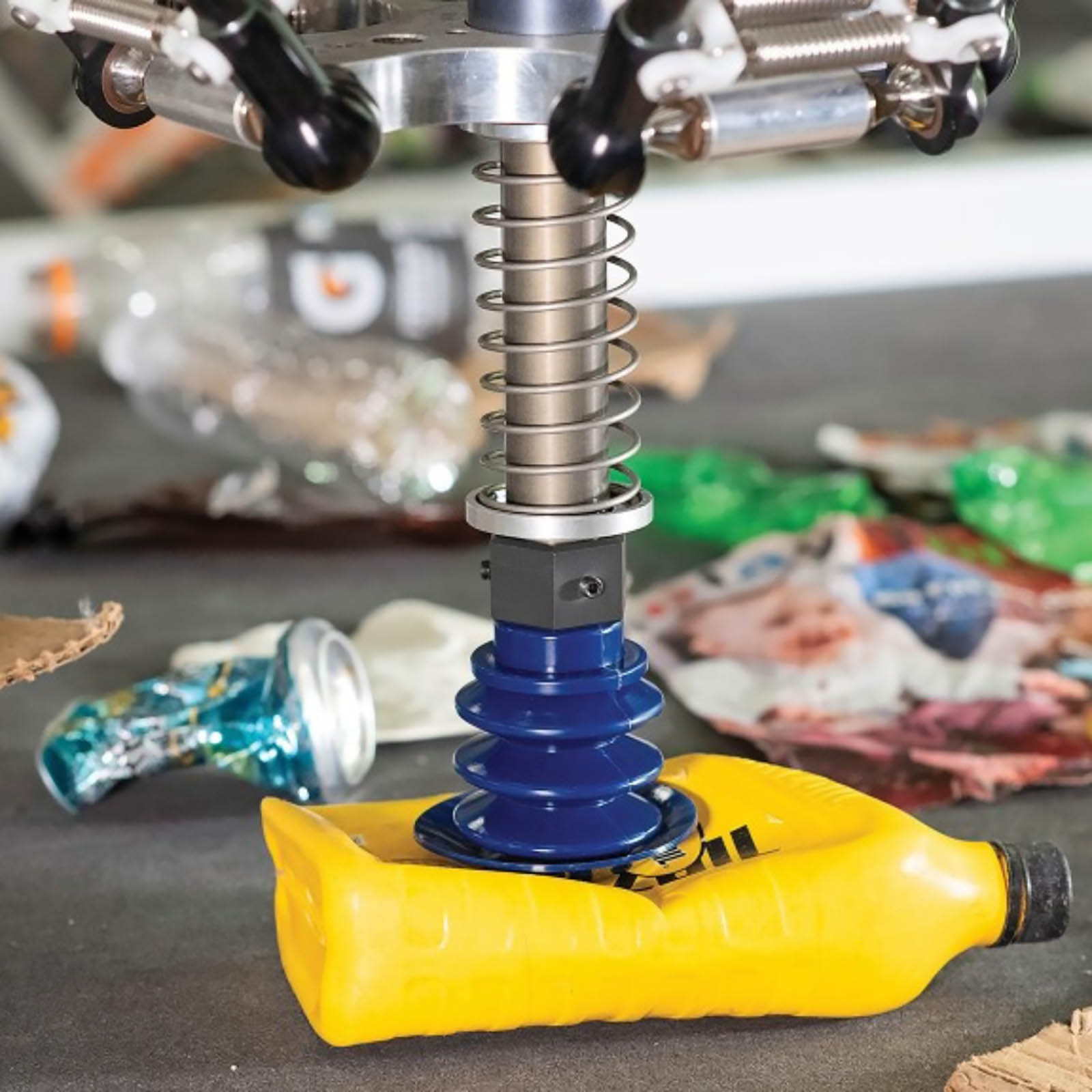Robotics for a More Sustainable World

With his prolific literary output in science fiction, Isaac Asimov is remembered for his three laws of robotics. These specified the requirements for a fruitful coexistence between humans and robots: a robot shall not harm a human being by action or omission; a robot shall always obey human instructions; a robot shall avoid situations that harm it. Asimov, one of the pioneers of modern ecology, would perhaps have added one more today: a robot will do its best to take care of the environment. Will scientific and technological breakthroughs be the key to achieving this?
That has been the approach of the University of Leeds in the UK, which has carried out a process known as “horizon scanning,” i.e., a type of scientific forecast, in this case, by interviewing a hundred scientists from around the world. The initial approach was to establish the goals and threats of robotics and autonomous systems (RAS) in fulfilling the UN Sustainable Development Goals (SDGs).
What SDGs will robotic and autonomous systems affect?
The survey of scientists, the results of which have been published in the journal Nature, indicates that 58% consider that autonomous tasks to transform natural and artificial environments could contribute to fulfilling the SDGs in their area of expertise. Examples mentioned by the specialists include crop production, aquaculture management, food processing and packaging, waste management, eradication of invasive species, and water management, among others.

Seventy-eight percent of specialists believe that SARs will make a difference in monitoring and data collection to support decision-making with an impact on the SDGs. Aspects such as resource distribution, wildlife, water quality, or illegal fishing are mentioned here. In addition, it is believed that these systems will help the public sector to plan more effectively.
Along with other positive aspects, such as promoting innovation in the SDGs, the scientists also identified several threats. These include increasing inequality due to the lack of access to RAS, the rapid transformation of labor markets, and the impact on biodiversity. Thus, 51% believe that increasing inequality is one of the greatest threats. However, in general, no SDG is considered negatively affected by RAS, and there are seven SDGs for which three-quarters of respondents believe that the impact will be positive.
The remainder of the study focused on identifying ways to achieve a positive impact of RAS on the SDGs. The very act of introducing sustainability criteria in their development and implementation will be crucial, as is a collaboration among all stakeholders to minimize negative impacts.
Towards sustainable robotics in the real world
Beyond scientists’ forecasts, fundamental advances are already being made in robotics applied to sustainability. Here are some of the most exciting ones:

- Drones to combat air pollution. A recent MIT student program has worked on a drone solution that patrols the city measuring air pollution This makes it possible to create maps of problem areas much more reliably than traditional static stations.
- Robotics applied to recycling. We have already covered the application of robotics and AI to waste processing. The use of artificial vision, robotic arms, and AI to detect different types of waste promises to improve the efficiency of these processes.
- Ocean cleanup. Ocean pollution is one of the greatest environmental challenges. Fortunately, projects like SWARMs are laying the groundwork for using autonomous vehicles to monitor and clean up underwater debris.
- Robots to study sea life. Sticking to the underwater world, autonomous robots such as those mentioned in this article will open up new possibilities in the study of sea life, as they will be able to examine remote areas over long periods of time.
- Robotic farms. The use of robots and hydroponic crops will improve crop productivity and move production to urban environments. That is the goal of this robotic farm we talked about some time ago.
Robotics and artificial intelligence have a lot to say in the field of sustainability. Together with renewable energies, they are poised to be one of the cornerstones of a greener economy and a powerful tool for combating climate change.
Source:

